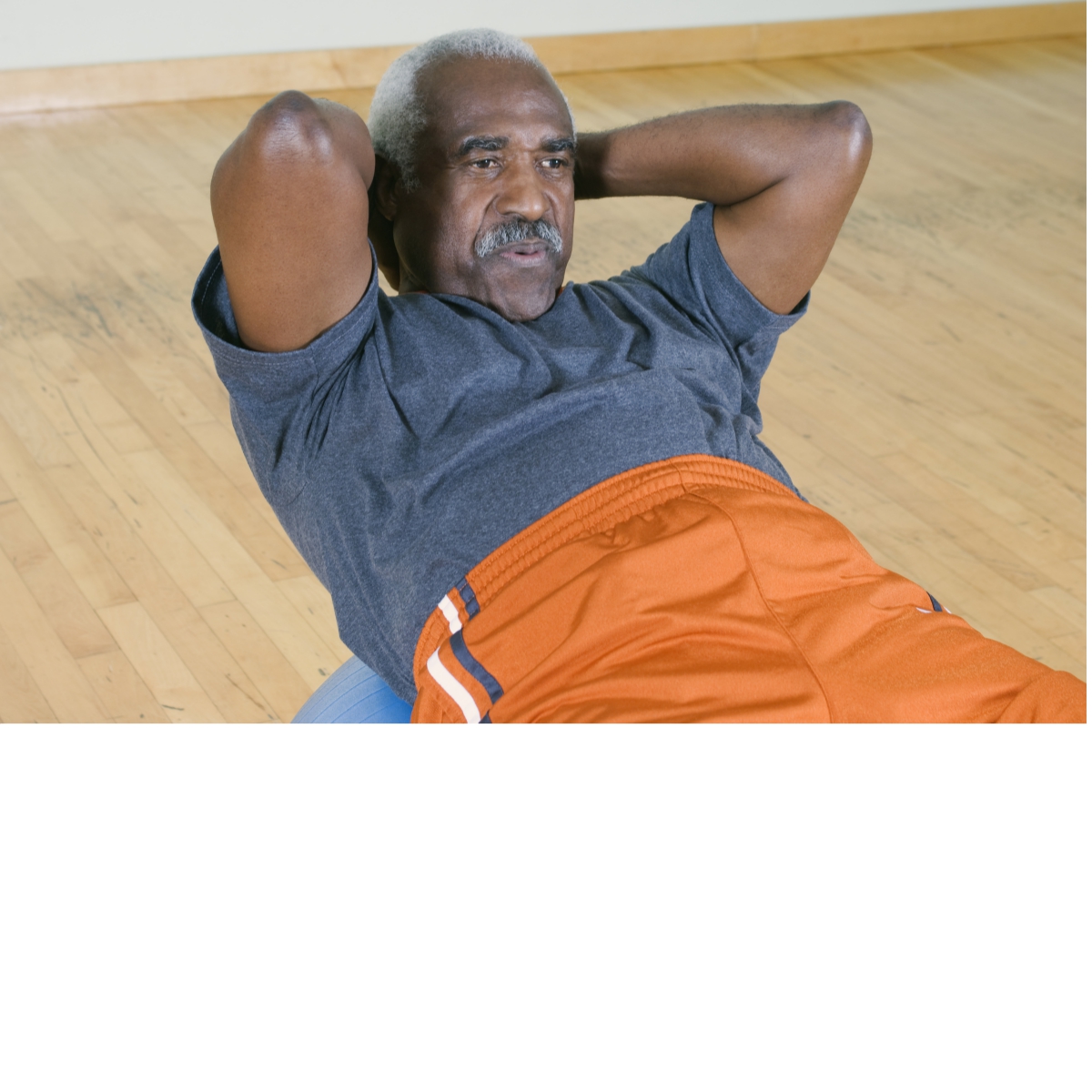Look around every major gym and rec center and you will see dozens of machines designed to train your core, and they are all wrong! I see it all the time, and it doesn’t matter if you’re in your 20s or an older adult, everyone has bought into this notion. To understand what I mean we’ll look at what the core is, its purpose, and how to train it intelligently.
The Anatomy of the Core
The core is a commonly thrown-around term in the fitness world. Some use it to mean your abs. Others use it to mean everything between your ribs and hips/pelvis. Still others use core as a term for your trunk. So which is right? That’s a matter of semantics. They are all right, depending on who you are talking to and why. How we use the term core, is the muscles that stabilize that spine, particularly the lower spine.
The core can bend forward, sideways, bend backwards, and twist. However, the main purpose of the core is to stabilize the spine, resisting motion while you move. Imagine if you bent forward (like a crunch) every time you took a step. That would be ridiculous right? We like to say first things first. This means, let’s stabilize the core/spine first. Often there are TONS of neglected muscles that are weak at doing this job. Getting everything to work in unison with the goal of stabilizing does absolute wonders for alleviating many to most low back disorders and pain.

Think of the spine like a guy wire system (see left). A guy wire is a system of struts/braces/supports that come off a tall narrow structure at different levels and at different angles to provide support and structure. You see this most often with young sapling trees. You’ll often stake a particular side to help it grow straight.
When you look at the muscles of the core you’ll see that they are arranged in a similar fashion. There are tons of muscles angled out from several different levels of the spine. Each working to keep the spine stable.

This doesn’t mean that you can’t bend or twist. What I’m trying to convey is that structurally speaking, it’s main function should be to stabilize and so your primary focus of core training should be to train in that function.
How to train the core
First, stop doing all the machines. Some of the simplest, and most effective core stabilization exercises don’t require any fancy machines.
Exercises like planks, side planks, carrying things (one or both arms), and bird dogs are all excellent exercises to work the core in a 360-degree fashion. You’ll want to include exercises that target the front, the side, and the back. Just like that sapling I mentioned earlier, if you only work one muscle, you’ll end up bending that trunk. Balance out your training by working more of the back stabilizers and the obliques (your side) since those are probably the most neglected and weak.
You can still do crunches or leg lifts if you want. But don’t make that the staple of your core work. Think of those exercises like seasoning, not the main course.
Start training your core with stabilization first and you’ll feel better, and often see a big reduction in low back pain.


One response to “Stop Training Your Core”
[…] help you remember to do just that-to brace! Bracing is where you create tension throughout your midsection to stabilize the spine. This is VERY […]